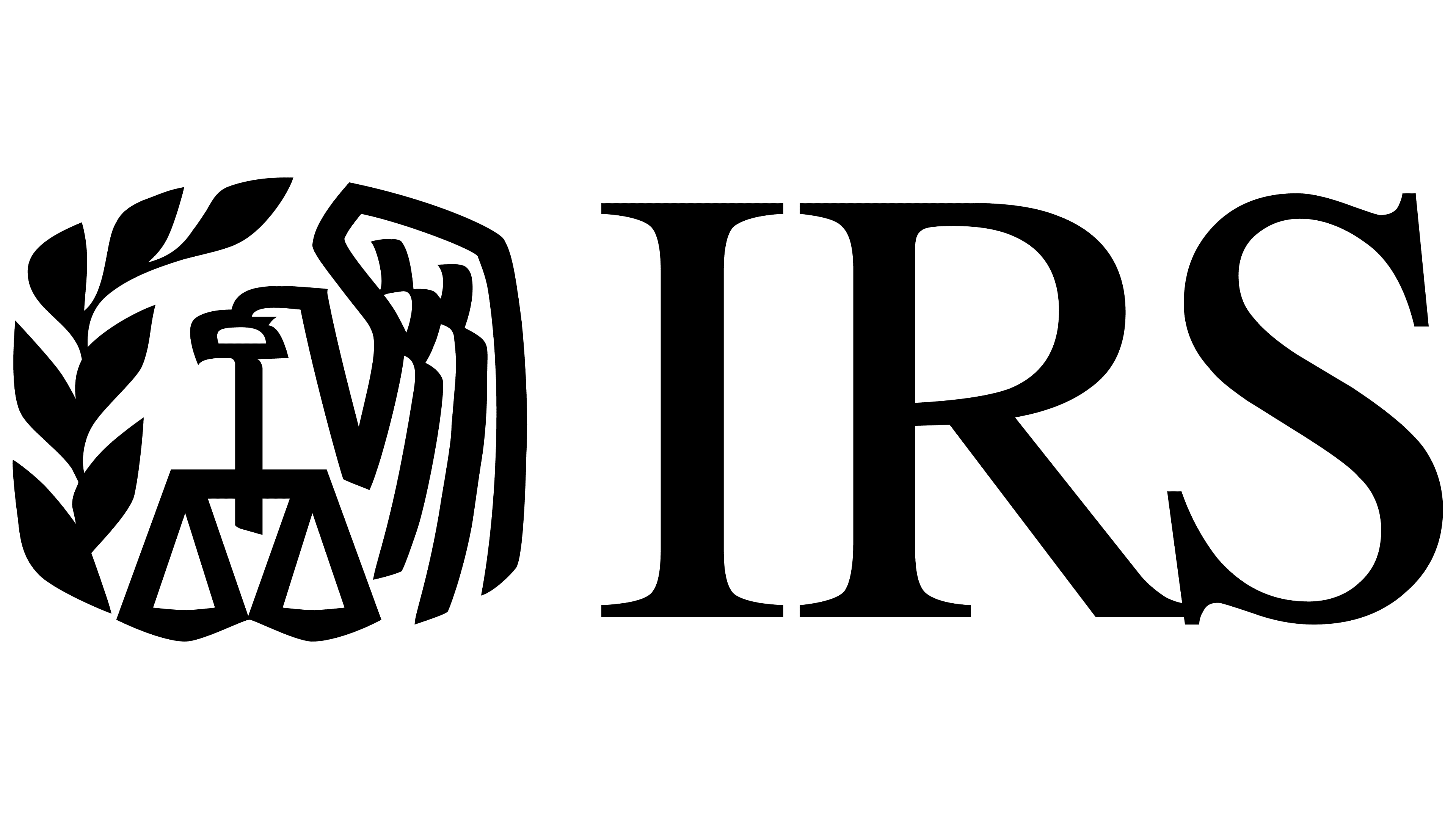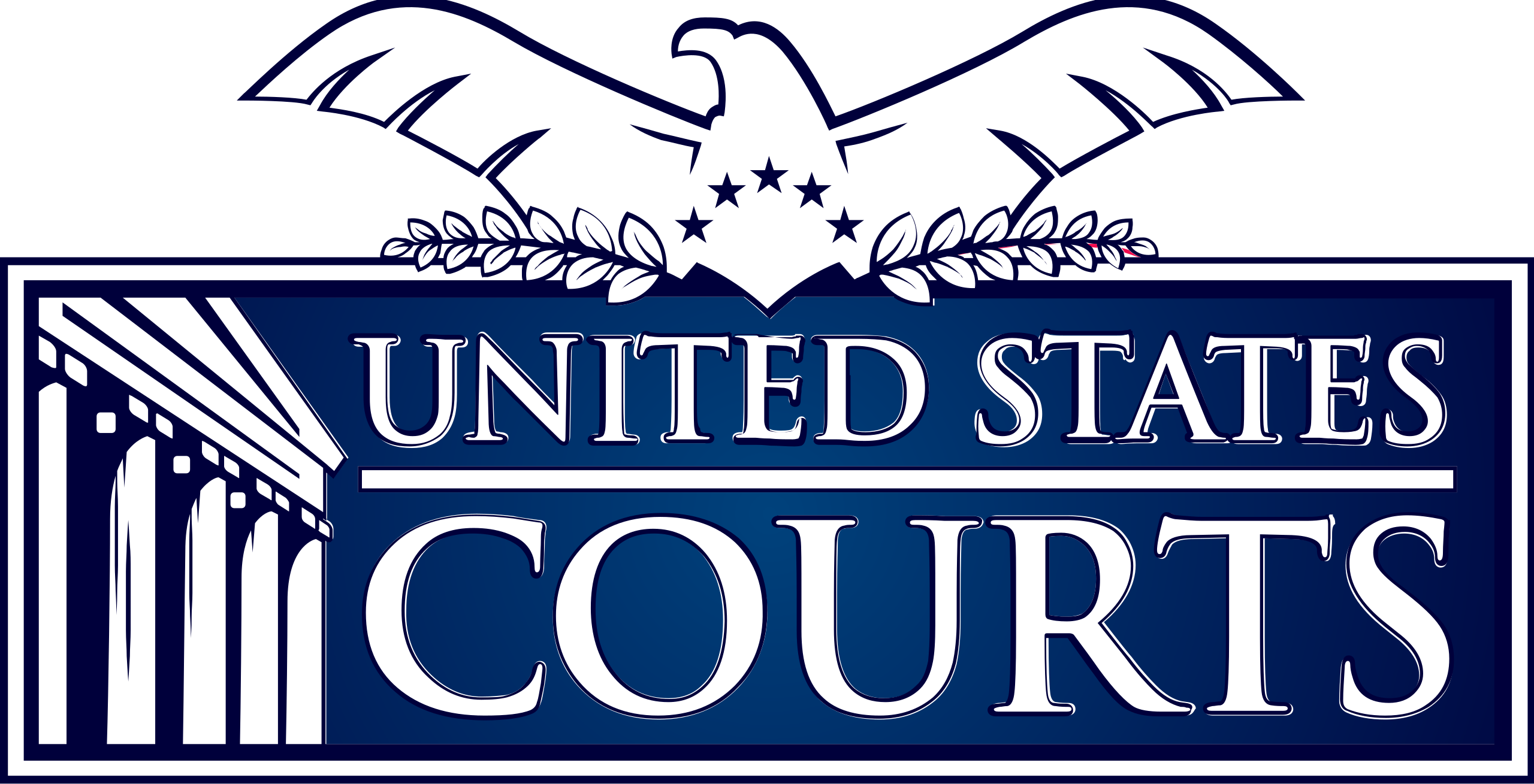






5-Star Service, Trusted & Loved by Hundreds
Your Appraiser Search Ends Here
Your Appraiser Search Ends Here
.avif)

Nationwide Coverage – Appraisals Anywhere in the US

Get it done Onsite or Online

Any Asset, Covered

Defensible for Any Purpose
Frequently Asked
Questions
No Frequently Asked Questions Found.
The form captures a comprehensive range of assets, including both tangible and intangible property such as real estate, financial investments, business interests, cash holdings, and personal property. Its primary function is to calculate the gross estate value and identify any potential estate tax that may be owed based on the current federal exemption threshold.
Typically, the executor or personal representative of the deceased's estate is responsible for completing and filing Form 706. The filing becomes mandatory when the total estate value surpasses the current federal exemption limit, which can fluctuate annually based on current tax legislation.
The form itself is structured into multiple critical sections, each designed to provide a comprehensive financial overview. These include detailed reporting of gross estate value, allowable deductions such as outstanding debts and funeral expenses, precise tax computations, and documentation of any previous payments or available credits.
Importantly, Form 706 must be filed within nine months of the date of death, though extensions can be requested for filing purposes. While not every estate requires this filing, careful and accurate completion is essential to ensure proper tax compliance and avoid potential legal complications for estate beneficiaries.
Establishing a precise fair market value is paramount. The IRS requires an objective, professional evaluation of each asset at its value on the date of the decedent's death. This valuation becomes the cornerstone for calculating potential estate tax liabilities, ensuring transparency and accuracy in the reporting process.
Tax calculations demand meticulous attention to detail. Even slight variations in asset valuation can significantly impact the estate's tax burden. Undervaluing assets may trigger unexpected tax penalties, while overvaluation can unnecessarily strain the estate's financial resources. A comprehensive, professional appraisal minimizes these risks by providing a defensible and accurate assessment.
Legal protection is another crucial consideration. A professionally conducted appraisal creates a documented record that can preempt potential disputes among heirs, beneficiaries, or creditors. Should an IRS audit occur, this documentation serves as authoritative evidence, potentially shielding the estate from costly legal challenges.
Charitable contributions require equally rigorous valuation. When estates include philanthropic bequests, precise appraisals substantiate these donations for both IRS requirements and receiving organizations. This careful documentation can optimize tax considerations and ensure the donor's intentions are fully realized.
Asset distribution becomes more transparent with accurate valuations. An objective assessment provides a clear framework for equitable distribution among beneficiaries, reducing the potential for interpersonal conflicts during an already challenging time.
State-level regulations add another layer of complexity. Many states impose additional appraisal requirements that extend beyond federal mandates. Engaging professionals with comprehensive knowledge of both federal and state regulations ensures complete compliance across all jurisdictions.
Complex assets demand specialized expertise. Properties, businesses, unique collections, and other intricate holdings require nuanced evaluation. Qualified appraisers bring the necessary technical knowledge to accurately assess these specialized assets, providing a comprehensive and reliable valuation.
Ultimately, a professional appraisal for IRS Form 706 is more than a bureaucratic requirement. It represents a critical tool for responsible estate management, protecting the financial interests of both the estate and its beneficiaries while ensuring full compliance with regulatory standards.
An antique silver appraisal represents a specialized professional assessment that meticulously evaluates silver objects crafted over a century ago. This comprehensive evaluation goes far beyond a simple price estimation, encompassing a nuanced exploration of historical significance, craftsmanship, and current market dynamics.
The process involves a detailed forensic examination of the silver piece, where expert appraisers leverage deep knowledge to uncover intricate details about the item's provenance. Specialized techniques are employed to authenticate the piece's origin, including careful analysis of hallmarks, maker's stamps, and distinctive design elements that provide critical insights into its historical context.
Condition plays a pivotal role in determining value. Professional appraisers conduct meticulous inspections, examining every surface for signs of wear, potential restoration attempts, and structural integrity. They assess subtle nuances like patina development, manufacturing techniques, and preservation quality that can dramatically influence the item's market worth.
Market research forms another crucial component of the appraisal process. Appraisers conduct extensive comparative analyses, tracking recent auction results, collector trends, and current market demands to establish a precise and current valuation. This approach ensures that the assessment reflects not just the silver's intrinsic material value, but its broader collectible significance.
The ultimate goal of an antique silver appraisal extends beyond a simple monetary figure. It provides owners with comprehensive documentation that serves multiple purposes, from insurance documentation to estate planning, offering a definitive understanding of the item's historical and financial importance.
Online antique silver appraisals have become increasingly sophisticated, offering clients a convenient and professional alternative to traditional in-person evaluations. Skilled appraisers can now accurately assess silver antiques through detailed photographic documentation and comprehensive item descriptions submitted electronically.
The virtual appraisal process typically involves clients providing high-resolution images from multiple angles, along with critical details about the item's provenance, markings, condition, and historical context. Advanced video conferencing platforms like Zoom or Skype enable real-time interactions, allowing appraisers to conduct interactive examinations and answer client questions immediately.
Professional online appraisals adhere to the Uniform Standards of Professional Appraisal Practice (USPAP), ensuring rigorous methodology and credible valuation regardless of assessment format. This approach eliminates geographical constraints, providing flexibility for clients located anywhere and streamlining the entire valuation experience.
While online appraisals offer remarkable convenience, they are most effective when clients provide extensive, clear documentation. Precise photographs, accurate measurements, and comprehensive background information are crucial for delivering an accurate assessment of an antique silver item's condition, authenticity, and market value.
Clients should understand that some complex or rare pieces might still require in-person examination to determine a definitive valuation. However, for many antique silver items, online appraisals represent an efficient, professional, and accessible method of understanding an item's worth.
Antique silver appraisers represent a nuanced professional landscape with distinct specialties and expertise. These professionals can be categorized based on their professional focus, depth of knowledge, and service delivery methods. Understanding these variations helps collectors and owners select the most appropriate expert for their specific silver valuation needs.
General appraisers offer broad knowledge across multiple antique categories, capable of evaluating various silver items with a comprehensive but less specialized approach. Their versatility allows them to assess diverse silver pieces, though they may lack granular insights into rare or complex items.
Specialty appraisers represent a more focused category, concentrating on specific historical periods, cultural origins, or design styles. These experts possess deep, targeted knowledge about particular silver manufacturing eras, makers, or regional craftsmanship. Their expertise enables precise authenticity assessments and nuanced market value determinations.
Certified appraisers bring professional credentials from recognized institutions, demonstrating rigorous training and adherence to established ethical standards. Their qualifications make them particularly valuable for formal documentation requirements like insurance evaluations or estate planning.
Auction house appraisers leverage extensive market experience, providing real-time insights into current silver valuation trends. Their proximity to active market dynamics allows them to offer sophisticated pricing assessments based on contemporary collector interests and market demands.
Independent appraisers operate autonomously, offering customized services with flexible engagement models. Their professional independence allows for personalized approaches tailored to unique client requirements and specialized silver item assessments.
Online appraisers represent an emerging category, utilizing digital platforms to conduct remote evaluations. Through advanced photographic documentation and detailed item descriptions, these professionals provide convenient assessment options for clients unable to engage in traditional in-person consultations.
Each appraiser type contributes unique perspectives to silver valuation, enabling owners to find precisely matched expertise for their specific needs.
Antique silver items are more than mere decorative pieces; they are repositories of history, craftsmanship, and potential financial value. An expert appraisal offers comprehensive insights that extend far beyond a simple price tag.
Insurance protection represents a critical motivation for professional assessment. A detailed appraisal ensures accurate coverage, preventing potential financial gaps in the event of loss, damage, or theft. Insurance providers rely on professional documentation to establish appropriate compensation levels.
Estate planning demands precise valuation of inherited silver pieces. A professional appraisal provides clear, objective documentation that can streamline inheritance processes, minimize potential family disputes, and establish a transparent framework for asset distribution.
Tax considerations make appraisals particularly valuable for those considering charitable donations. When donating antique silver items exceeding $5,000, a qualified professional appraisal becomes essential for substantiating value and maximizing potential tax deductions.
For collectors and sellers, an appraisal delivers a realistic market assessment. This knowledge empowers informed decision-making, whether preparing to sell at auction, negotiate with potential buyers, or understand the current market positioning of a specific piece.
Beyond monetary considerations, an appraisal unveils the historical narrative embedded within each silver item. Professional assessment reveals intricate details about craftsmanship, origin, and cultural significance, transforming an object from a mere possession to a meaningful artifact with its own unique story.
Understanding the multifaceted value of antique silver through professional appraisal enables owners to make informed, strategic decisions about preservation, insurance, potential sale, and long-term asset management.
Why Does IRS Form 706 Matter for Antique Silver Estates?
IRS Form 706, or the United States Estate (and Generation-Skipping Transfer) Tax Return, is a critical document for individuals managing the estates of deceased family members. When an estate includes valuable assets like antique silver, obtaining an accurate appraisal becomes essential for both fair valuation and tax compliance.
Why Antique Silver Valuation Matters
- Antique silver items can significantly appreciate in value over time
- Accurate appraisals help prevent potential IRS challenges or audits
- Provides a defensible valuation that reflects current market trends
Key Considerations in Antique Silver Appraisal
Several critical factors influence the valuation of antique silver for estate tax purposes:
- Hallmark Identification: Determines the origin and authenticity of the piece
- Historical Significance: Impacts the overall value of the item
- Condition Assessment: Directly affects the market value
Impact on Heir Decision-Making
A comprehensive appraisal empowers heirs to make informed choices about inherited antique silver, whether they plan to:
- Retain the items as family heirlooms
- Sell the pieces
- Donate to museums or charitable organizations
Reporting Requirements and Potential Consequences
IRS Form 706 has strict reporting guidelines for asset valuation. Inaccurate or incomplete reporting can result in:
- Requests for additional documentation
- Potential tax adjustments
- Possible penalties for misreporting
Ultimately, a thorough and professional appraisal of antique silver is more than a mere tax requirement. It represents a critical step in preserving family legacy, ensuring fair wealth transfer, and maintaining compliance with federal tax regulations.
Defining Antique Silver: What Qualifies for Tax Assessment?
Antique silver represents a unique category of valuable artifacts that combine historical significance, artistic craftsmanship, and potential financial worth. For IRS Form 706 tax assessment purposes, understanding the nuanced criteria for qualifying antique silver is essential.
Core Qualification Criteria
To be considered antique silver, an item typically must meet several key requirements:
- Age Requirement: Generally must be at least 100 years old
- Craftsmanship Quality: Demonstrating exceptional manufacturing techniques
- Provenance: Traceable origin and historical documentation
Valuation Factors for Tax Assessment
Primary Evaluation Components
- Condition Assessment
- Physical integrity of the item
- Presence of original patina
- Evidence of professional restoration
- Rarity Evaluation
- Limited production runs
- Unique design elements
- Distinctive manufacturing techniques
- Historical Significance
- Connection to notable historical periods
- Association with renowned silversmiths
- Cultural or artistic importance
Market Considerations
Current market dynamics play a crucial role in determining the precise valuation of antique silver. Factors such as collector interest, recent auction results, and broader economic trends can substantially influence an item's assessed value.
Comprehensive Appraisal Approach
Successful tax assessment of antique silver requires a multifaceted approach that combines historical research, expert analysis, and meticulous documentation. Professionals must carefully examine each piece's unique characteristics to establish an accurate and defensible valuation for IRS Form 706 purposes.
Navigating the Professional Appraisal Process
When navigating antique silver appraisals for IRS Form 706 purposes, understanding the professional appraisal process is crucial for ensuring accurate valuation that meets legal requirements and reflects true market value.
Selecting a Qualified Appraiser
The foundation of a successful appraisal begins with choosing the right professional. Key considerations include:
- Verified credentials in antique silver valuation
- Membership in professional organizations like the Appraisers Association of America
- Demonstrated expertise in historical silver artifacts
- Reputation for ethical and thorough assessment
Comprehensive Appraisal Methodologies
Professional appraisers employ multiple sophisticated techniques to determine accurate valuation:
Key Evaluation Factors
- Market Analysis: Comparative evaluation of recent similar item sales
- Authenticity Verification: Detailed examination of hallmarks, craftsmanship, and historical context
- Condition Assessment: Comprehensive evaluation of physical integrity and potential restoration
Preparing for Your Appraisal
Maximize the effectiveness of your appraisal by:
- Collecting all relevant documentation
- Gathering previous purchase receipts
- Compiling provenance records
- Noting any known historical information
Communication is Key
Transparent communication with your appraiser about the specific purpose—whether for estate planning, tax compliance, or personal documentation—ensures a tailored and precise valuation process.
While the appraisal process might initially seem complex, a methodical approach and collaboration with a qualified professional can transform it into a straightforward and informative experience.
How to Select a Qualified Appraiser for IRS Compliance
Selecting a Qualified Appraiser for IRS Compliance
Navigating the intricate process of selecting a qualified appraiser for antique silver valuation requires careful consideration and strategic planning. The right professional can make a significant difference in accurately reporting your estate's value for IRS Form 706.
Key Criteria for Choosing an Appraiser
- Professional Credentials
- Seek certification from recognized professional organizations
- Verify membership in reputable appraisal associations
- Confirm specialized expertise in antique silver valuation
- Specialized Expertise
- Focus on appraisers with deep knowledge of specific silver categories
- Assess their ability to identify nuanced value factors
- Understand the importance of maker marks, provenance, and historical context
- Professional Protections
- Verify professional liability insurance coverage
- Request clear documentation of professional safeguards
- Ensure comprehensive protection against potential valuation errors
- Ethical Standards
- Prioritize appraisers committed to unbiased evaluation
- Confirm adherence to professional codes of ethics
- Seek professionals dedicated to IRS compliance
- Documentation Excellence
- Require comprehensive written appraisal reports
- Ensure documentation meets IRS Form 706 requirements
- Demand detailed descriptions and transparent valuation methodologies
Additional Considerations
Selecting the right appraiser goes beyond basic qualifications. It requires a holistic approach that considers technical expertise, professional integrity, and a deep understanding of the unique complexities surrounding antique silver valuation.
A meticulous selection process will help ensure accurate estate reporting and provide peace of mind during what can be a challenging administrative process.
Critical Valuation Factors for Antique Silver
Essential Valuation Factors for Antique Silver
Determining the value of antique silver requires a nuanced understanding of several critical factors that collectively influence the overall appraisal process. These elements are crucial for accurately assessing items for IRS Form 706 compliance.
Key Valuation Criteria
- Historical Significance
- Provenance plays a pivotal role in determining value
- Renowned silversmiths like Paul Revere or Georg Jensen can dramatically increase market price
- Importance of documenting:
- Precise origins
- Maker's background
- Historical context
- Detailed ownership records
- Condition Assessment
- Physical state is paramount to valuation
- Factors impacting condition:
- Absence of dents
- Minimal tarnish
- Original finish preservation
- Lack of extensive repairs
- Pristine items consistently command higher prices
- Rarity Factors
- Scarcity significantly influences market value
- Elements determining rarity:
- Limited production numbers
- Unique design innovations
- Historical production constraints
- Craftsmanship Evaluation
- Artisan skill directly impacts valuation
- Key craftsmanship indicators:
- Intricate design details
- Precision of engraving
- Complexity of manufacturing techniques
- Overall aesthetic complexity
- Market Dynamics
- Value fluctuates with current market trends
- Influencing factors include:
- Economic conditions
- Collector interests
- Contemporary design preferences
- Global collectibles market
This comprehensive approach ensures a meticulous valuation that meets IRS requirements while providing an accurate assessment of antique silver holdings.
Essential Documentation for Form 706 Submissions
Essential Documentation for Successful Form 706 Silver Asset Valuation
Preparing comprehensive documentation is critical when reporting antique silver assets on IRS Form 706. A meticulous approach ensures regulatory compliance and supports accurate valuation of estate assets.
Key Documentation Components
- Comprehensive Inventory List
- Detailed descriptions of each silver item
- Precise quantities
- Historical significance and provenance details
- Enables more accurate appraiser assessment
- Ownership and Acquisition Documentation
- Original purchase receipts
- Sales invoices
- Ownership transfer agreements
- Acquisition timeline documentation
- Provides insight into potential value appreciation
- Professional Appraisal Reports
- Prepared by qualified silver appraisal specialists
- Detailed valuation methodology
- Comparative market analysis
- Current market trend assessments
- Critical evidence for establishing fair market value
- Comprehensive Condition Documentation
- High-resolution photographs
- Detailed condition notes
- Documentation of repairs or restorations
- Impact assessment on item valuation
- Supplementary Contextual Evidence
- Museum reference materials
- Auction catalog entries
- Specialized antique silver publications
- Provides additional valuation substantiation
Thorough documentation streamlines the Form 706 filing process and ensures precise representation of antique silver asset values.
Understanding Market Dynamics in Silver Valuation
The valuation of antique silver involves a sophisticated understanding of complex market dynamics, particularly when preparing documentation for IRS Form 706. Each silver item represents a unique intersection of historical significance, craftsmanship, and economic value.
Key Factors Influencing Antique Silver Valuation
Rarity and Market Demand
- Limited production runs dramatically increase potential value
- Unique design elements attract serious collectors and investors
- Current market trends significantly impact pricing
Condition Assessment Criteria
- Preservation quality directly correlates with monetary worth
- Minimal wear, absence of damage, and original integrity are crucial
- Professional authentication enhances item credibility
Historical and Contextual Valuation
- Provenance provides critical background information
- Era of production influences overall appraisal
- Maker's reputation contributes to potential value
Comprehensive Valuation Methodology
- Conduct thorough visual and technical examination
- Research historical context and maker's background
- Compare with recent market sales of similar items
- Consider current precious metal market conditions
Understanding these intricate market dynamics enables more precise and defensible silver valuations, ensuring comprehensive documentation for tax reporting purposes.
Common Pitfalls in Antique Silver Estate Reporting
Navigating the appraisal of antique silver for IRS Form 706 requires careful attention to several critical factors. Understanding and avoiding common pitfalls can help ensure accurate reporting and prevent potential complications during the estate valuation process.
Key Challenges in Antique Silver Estate Reporting
- Valuation Misconceptions
Emotional attachments and personal sentimentality often lead to significant miscalculations in silver item values. Estate representatives must approach valuation objectively, recognizing that market value can differ dramatically from personal perceived worth.
- Documentation Deficiencies
Comprehensive documentation is crucial for establishing an item's authenticity and value. Critical elements include:
- Detailed provenance records
- Historical photographs
- Verifiable hallmark identification
- Previous sales documentation
- Expertise Limitations
Generic appraisals can overlook crucial nuances specific to antique silver, including:
- Condition assessment
- Rarity factors
- Current market demand
- Historical significance
Critical Considerations for Accurate Reporting
- Timely Appraisal
Market values for antique silver can fluctuate rapidly. Delaying appraisal may result in outdated or inaccurate valuations that could trigger IRS scrutiny.
- Family Communication
Transparent discussions about appraisal findings can prevent potential conflicts among beneficiaries and ensure a smoother estate settlement process.
Proactive Strategies
Estate representatives should prioritize:
- Engaging specialized antique silver appraisers
- Maintaining comprehensive documentation
- Obtaining multiple professional assessments
- Understanding current market trends
By addressing these potential pitfalls, estate planners can navigate the complex landscape of antique silver valuation with greater confidence and accuracy.
Legal and Financial Risks of Improper Valuation
When valuing antique silver for IRS Form 706, understanding the potential legal and financial risks is crucial for estates and heirs.
Tax Compliance Challenges
Improper valuation can trigger significant financial consequences:
- Undervaluation Risks: May result in:
- Potential IRS audits
- Significant penalty assessments
- Back taxes and compounded interest charges
- Overvaluation Consequences:
- Inflated taxable estate value
- Unnecessary financial burden on beneficiaries
- Increased likelihood of tax authority scrutiny
Estate Planning Complexities
Accurate valuation is essential for equitable asset distribution:
- Prevents potential family disputes over inheritance
- Ensures fair asset allocation among heirs
- Minimizes potential legal conflicts and associated costs
Critical Valuation Considerations
Professional assessment is paramount due to complex valuation factors:
- Rarity of the antique silver piece
- Current condition
- Documented provenance
- Potential market value
Documentation and Credibility
A comprehensive, professional appraisal provides critical protection by:
- Establishing clear, defensible valuation
- Mitigating potential litigation risks
- Meeting rigorous IRS documentation standards
- Protecting the estate's financial interests
Professional evaluation is not just recommended—it's a strategic necessity in managing the complex landscape of estate tax reporting and asset valuation.
Your Path to Accurate and Compliant Silver Appraisals
When valuing antique silver for IRS Form 706 purposes, accuracy and compliance are crucial for estate reporting. The IRS mandates precise fair market value documentation at the time of a decedent's death, making professional appraisal an essential legal and financial requirement.
Key Factors Influencing Antique Silver Valuation
Multiple critical elements determine an antique silver piece's value:
- Age of the piece
- Quality of craftsmanship
- Maker's mark authenticity
- Historical significance
- Current market trends
Understanding Valuation Nuances
Pieces created by renowned silversmiths or those with unique historical contexts typically command higher values. Professional appraisers must be extensively knowledgeable about various design periods, including:
- Georgian era styles
- Victorian period characteristics
- Art Deco design elements
Critical Documentation Requirements
Comprehensive documentation is fundamental to a credible appraisal. Appraisers should compile:
- Detailed provenance records
- Comprehensive condition reports
- Comparable sales data
- Authenticated historical context
Selecting a Qualified Appraiser
When choosing an appraiser, prioritize professionals with credentials from recognized organizations such as:
- American Society of Appraisers
- International Society of Appraisers
These credentials demonstrate a commitment to professional standards, ongoing education, and ethical practices.
Navigating Estate Valuation Successfully
A precise, well-documented antique silver appraisal requires meticulous attention to detail and professional expertise. By understanding valuation complexities and working with qualified professionals, estate executors can ensure accurate asset representation and full compliance with IRS guidelines.
View all Locations
BEST-IN-CLASS APPRAISERS, CREDENTIALED BY:






.svg)









